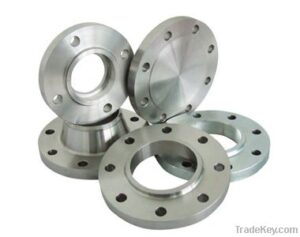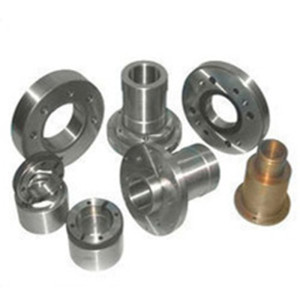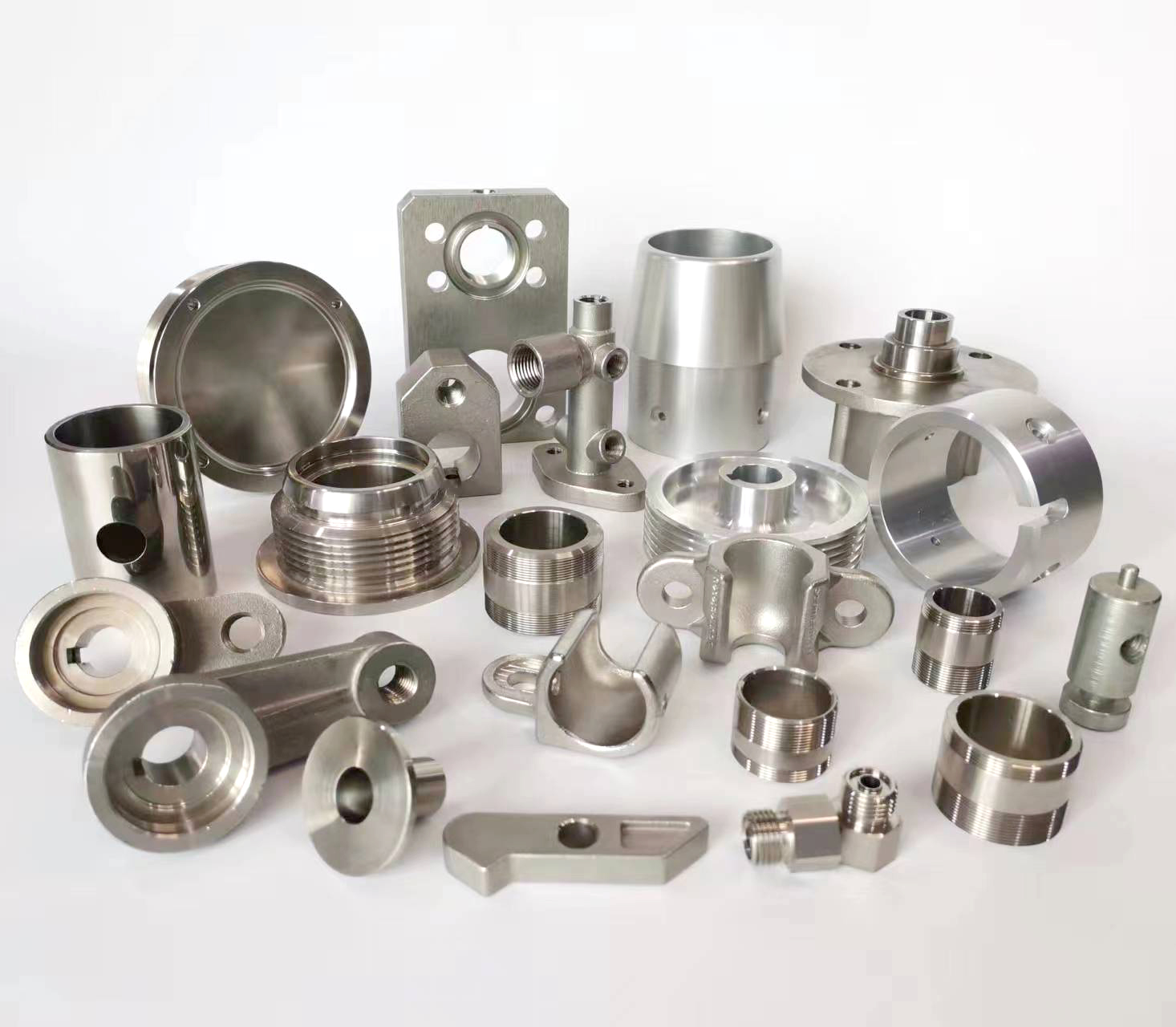
The short answer is: Yes, stainless steel can rust under specific conditions, but it is highly resistant to it compared to ordinary carbon steel.
The term “stainless” is not absolute. Think of it as “stain-less” or “highly stain-resistant,” not “stain-proof.” Its renowned resistance to corrosion is due to its specific chemical composition.
- The Science Behind the Resistance: The Passive Layer
The key element that makes stainless steel “stainless” is Chromium (Cr). All stainless steels must contain at least 10.5% chromium by mass.
Formation of the Passive Layer: When exposed to oxygen (from air or water), the chromium in the alloy reacts with it to form a thin, invisible, and adherent layer of chromium-rich oxide (primarily Cr₂O₃) on the surface. This is called the passive layer.
Self-Repairing Property: This layer is incredibly stable and, crucially, self-repairing. If the surface is scratched or damaged, the chromium in the steel will quickly react with oxygen again to reform the protective oxide layer, healing the breach and preventing widespread corrosion.
This passive layer protects the underlying iron from reacting with elements that cause rust (oxidation).
2. Why Does It Rust Then? Mechanisms of Corrosion
When this passive layer is compromised or cannot form, rusting can occur. The main causes are:
- Mechanical or Chemical Damage to the Passive Layer:
Abrasion or Scratches: Heavy scratching, sanding, or using abrasive tools can physically remove the passive layer. If the environment lacks sufficient oxygen (e.g., underwater or in a crevice), the layer may not reform properly, leading to rust at the damaged spot.
Chemical Contaminants: The passive layer can be attacked or broken down by certain chemicals, notably chlorides. Chlorides are highly aggressive and can locally destroy the passive film.
- Common Types of Corrosion in Stainless Steel:
Pitting Corrosion: This is one of the most common forms. It occurs when chlorides (e.g., from saltwater, de-icing salts, or bleach) attack a small weak spot in the passive layer. The attack creates a tiny pit, and corrosion continues propagating inward, hidden from view, often leading to failure.
Crevice Corrosion: This happens in shielded areas where oxygen is depleted, such as under gaskets, washers, bolts, or in tight joints. The lack of oxygen prevents the reformation of the passive layer, allowing corrosion to initiate in the crevice.
Galvanic Corrosion: When stainless steel is in direct electrical contact with a less noble (more reactive) metal (like carbon steel or aluminum) in the presence of an electrolyte (e.g., water), the stainless steel can act as a cathode, and the other metal as an anode, which will corrode rapidly. The rust from the dissolving anode can then deposit on the stainless steel surface, making it look like the stainless is rusting.
Intergranular Corrosion: This is a more technical failure. If certain grades of stainless steel (e.g., 304) are heated to a specific high temperature range (around 800-1500°F / 427-816°C), chromium carbides can form along the grain boundaries. This depletes the chromium content in the areas adjacent to the boundaries, making those zones susceptible to corrosion because they can no longer form a proper passive layer. This is avoided by using “low-carbon” grades (e.g., 316L) or stabilized grades (e.g., 321).
3. The Role of Stainless Steel Grade
Not all stainless steels are created equal. Their resistance varies significantly based on their alloying elements.
Basic Grades (e.g., 430, 304): Good for general use in mildly corrosive environments. 304 is the most common “18/8” (18% Chromium, 8% Nickel) grade. It will likely rust if exposed to saltwater or strong chemicals over time.
Marine Grades (e.g., 316): Contains an additional element: Molybdenum (Mo) (typically 2-3%). Molybdenum dramatically increases resistance to pitting and crevice corrosion, particularly from chlorides. This is why 316 is often called “marine-grade stainless.”
Super-Austenitic & Duplex Grades (e.g., 2205, 254 SMO): Contain even higher levels of chromium, nickel, molybdenum, and sometimes nitrogen for extreme environments like chemical processing or offshore platforms.
4. Surface Contamination: The Most Common Cause of “Rust”
Often, what appears to be rust on stainless steel isn’t the steel itself corroding. It’s free iron contamination.
Cause: During fabrication, nearby grinding of carbon steel can embed tiny particles of plain iron into the surface of the stainless steel. When exposed to moisture, these particles rust and create reddish-brown stains on the stainless surface.
Solution: This “rust” is superficial. It can be cleaned off, and the surface can be passivated—a chemical process that removes the iron contamination and enhances the natural passive layer.
Conclusion
Stainless steel is highly corrosion-resistant due to its protective, self-healing chromium oxide layer. However, it is not impervious to rust. It can corrode in aggressive environments, particularly those rich in chlorides, or if the passive layer is physically damaged, chemically attacked, or compromised by poor design or contamination. Choosing the correct grade for the application and maintaining the surface integrity are crucial for ensuring its “stainless” performance.





